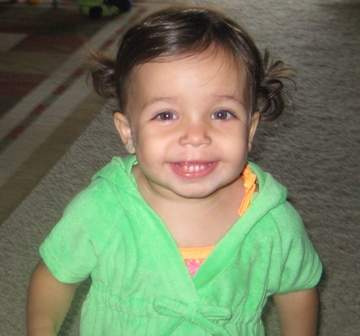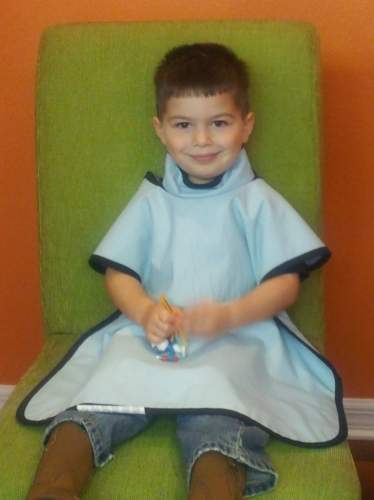Children's Dental FAQs
Why choose a Pediatric Dentist for your children?
Similar to a pediatrician, pediatric dentists undergo a specialized training residency (usually 2-3 years after 4 years of dental education). During this residency, dentists receive education and experience in the treatment of infants, children, teens and those with special health care needs. A pediatric dental office often makes children feel more comfortable and entertained. The training & experience of a pediatric dentist allows for more thorough care for the growing dental patient.
Dr. Amanda received her training at the University of Florida, College of Dentistry. This program is not only dedicated to providing superior education in pediatric dentistry, but also provides a vast array of clinical experiences for the pediatric dental residents. Dr. Amanda was thoroughly trained in sedation techniques, hospital treatment for dentistry and care of patients with special needs.
Why fill baby teeth?

There are twenty primary teeth (baby teeth) and while the front (incisors) upper and lower teeth begin to fall out between the ages of 5-8 years of age, the back teeth (canines and molars) will remain present until the child is 10-12 years of age. Primary teeth allow children to eat properly, maintain space for the permanent teeth and guide the growth of the jaws and eruption of the permanent teeth. Decay in primary teeth can lead to pain and affect a child’s ability to eat, both of which can adversely affect nutrition. Early loss of primary teeth can affect a child’s self-esteem, ability to eat normally and create space loss for permanent teeth. Additionally, untreated decay in primary teeth can put a child at a much greater risk of decay in his or her permanent teeth.
What are dental x-rays (radiographs) and why are they needed?

Dental XrayRadiographs are an important and necessary part of your child's dental diagnostic process. They allow us to detect dental decay, survey erupting teeth, diagnose bone/periodontal diseases, identify and evaluate the results of an injury, or plan orthodontic treatment. X-Rays allow dentists to diagnose and treat health conditions that cannot be seen during a clinical/visual exam.Dental problems that are noted and treated early,can create more comfortable care for your child and is more affordable for you.
The American Academy of Pediatric Dentistry recommends X-rays and examinations every six months for children with a high risk of tooth decay. Generally, most pediatric dentists request radiographs approximately once a year.
We are particularly careful to minimize the exposure of our patients to radiation. All of our x-rays are digital, which a smaller dose of radiation than the standard x-ray films. The radiation exposure of dental x-rays is a much smaller risk than an undetected and untreated dental disease. Lead body aprons and shields will also protect your child. With both digital x-rays and the proper shielding you can be assured that your child will receive the smallest amount of radiation exposure.
